
Write something
Trying new propagation methods
Trying some new propagation methods for some cuttings-especially Hoya cuttings. The Hoya cuttings that I had previously dipped in superglue to help prevent rotting in water propagation had mostly rotted anyway. Now I’m attempting it in one half damp perlite and one half sphagnum moss. 🙂🌿🤞🏻
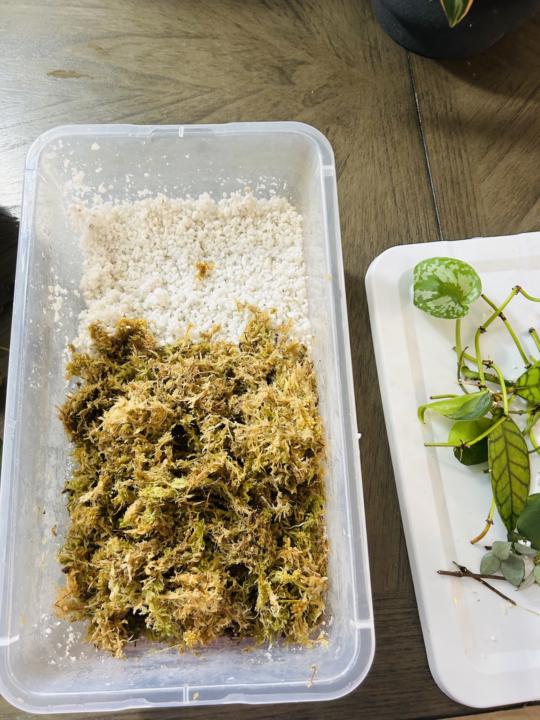
Genus vs. species
Know the difference between the two? When you see genus think: generic. In botany, a genus (plural genera) is a taxonomic rank grouping multiple, closely related, and similar species that are thought to have come from a common ancestor. When you see species think: specific. A species is a taxonomic rank representing a group of similar organisms with shared characteristics that can reproduce and produce fertile offspring. The naming of plants has two parts: first the genus then the species. Example: Philodendron Micans.
2
0
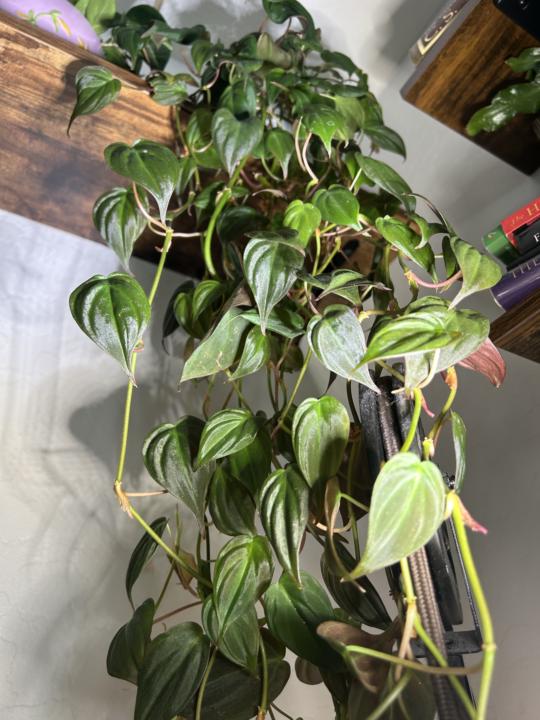
Trying something new…
Lately I’ve been having a really hard time with my Hoya cuttings rotting when I put them in water for water propagation and so I’m trying a new trick that will hopefully help prevent this by dipping the end of the cutting in superglue, letting it dry and then placing the stem in water. I will keep you updated on how this works. 🤞🏻🌿
2
0
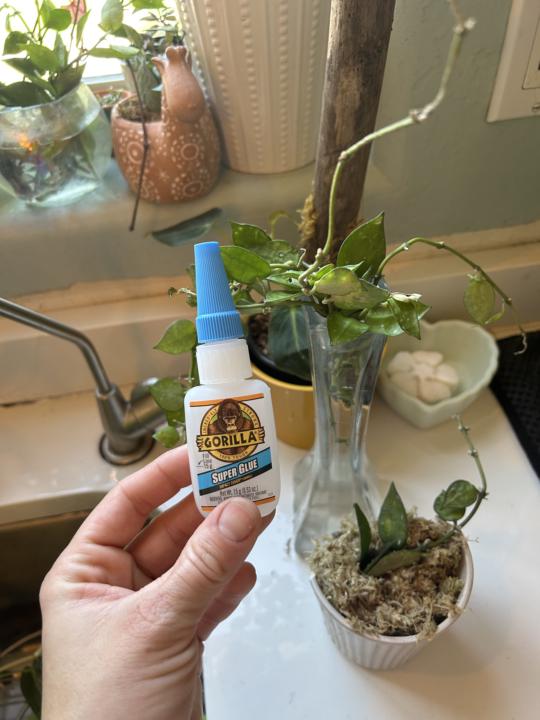
Why variegation happens
Variegation in houseplants comes in several distinct types, each with unique causes. Chimeral variegation is the most common, resulting from two genetically different cell types in the same plant—some producing chlorophyll and others not—creating patterns like marbling or striping. Genetic variegation is inherited and stable, often producing symmetrical or patterned coloration, such as in some Calatheas. Viral variegation is caused by plant viruses and can lead to mottled or streaky leaves, though it’s often harmful to the plant. Lastly, environmental variegation occurs due to stress factors like light or temperature and is typically temporary and unstable.
2
0
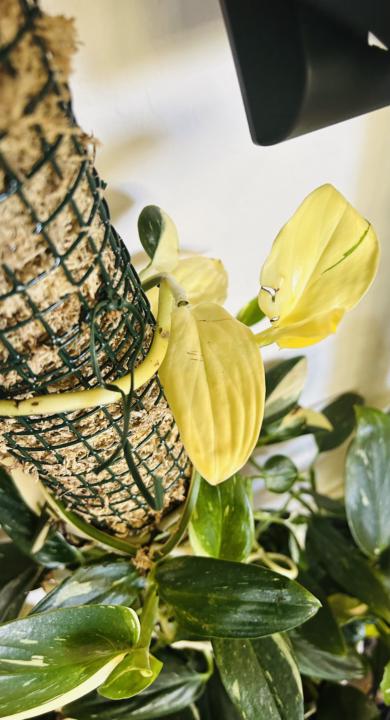
Terrariums
Anyone else love the mini worlds contained in terrariums? I know I do! Just made this one-anyone else try them before?
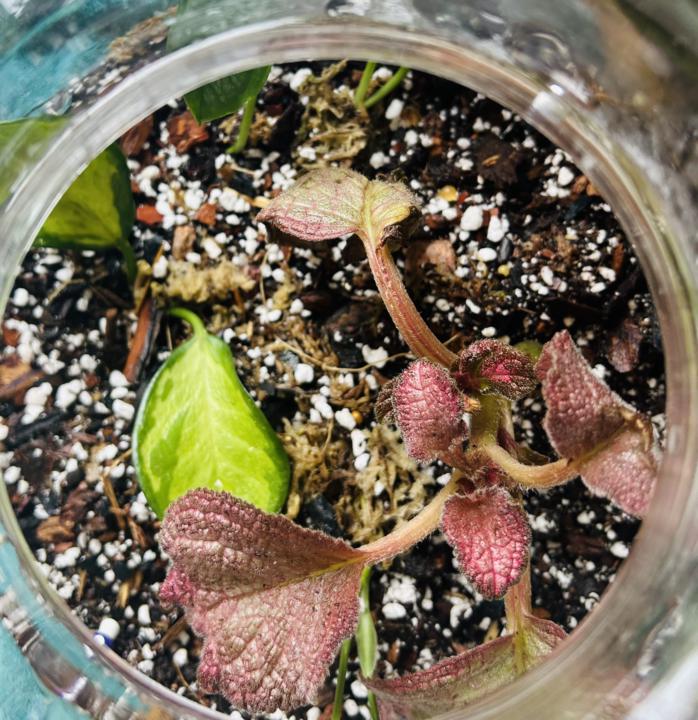
1-18 of 18
powered by
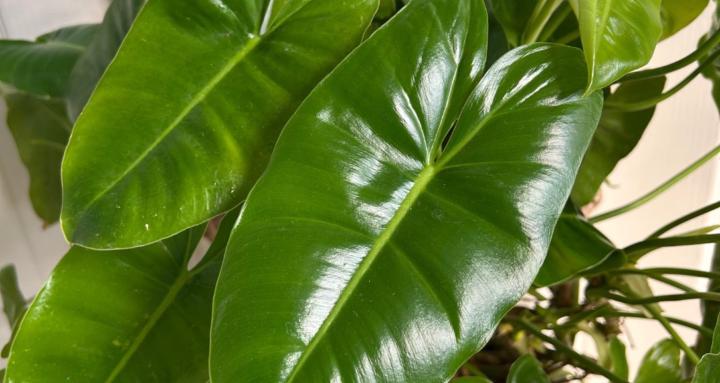
skool.com/malorys-plant-consulting-co-1513
A place to learn about house plant care and share our passion for happy, healthy plants!
Suggested communities
Powered by
